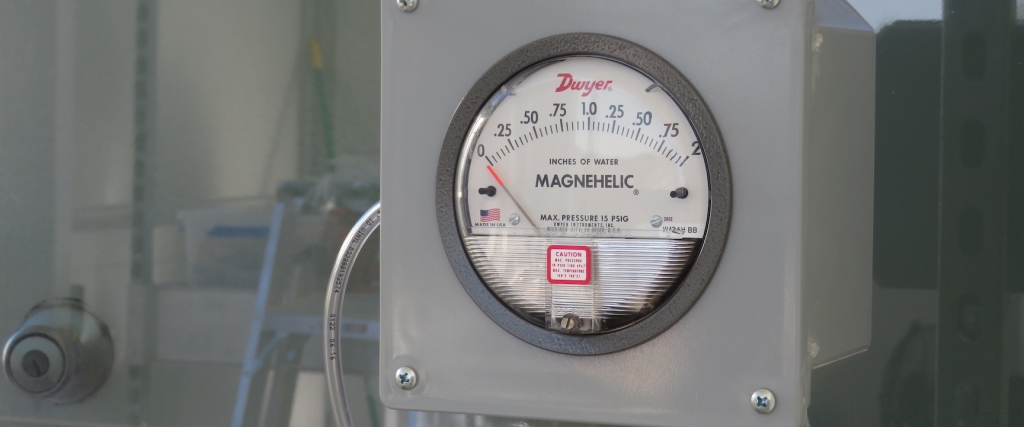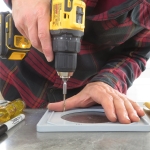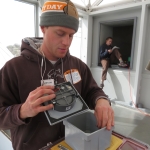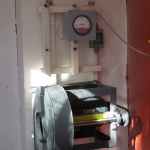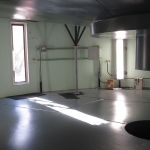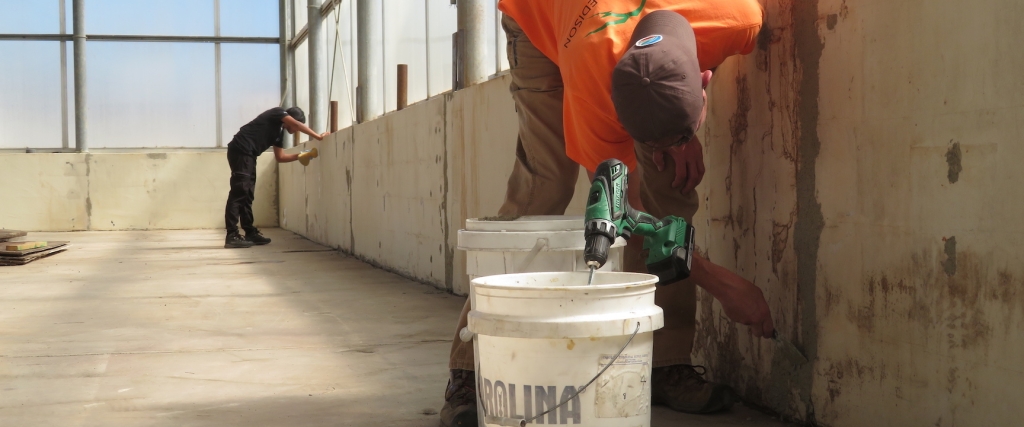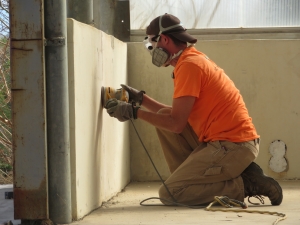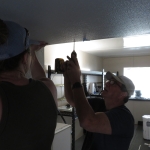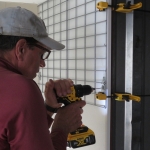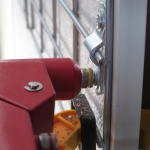We’ve got the power!
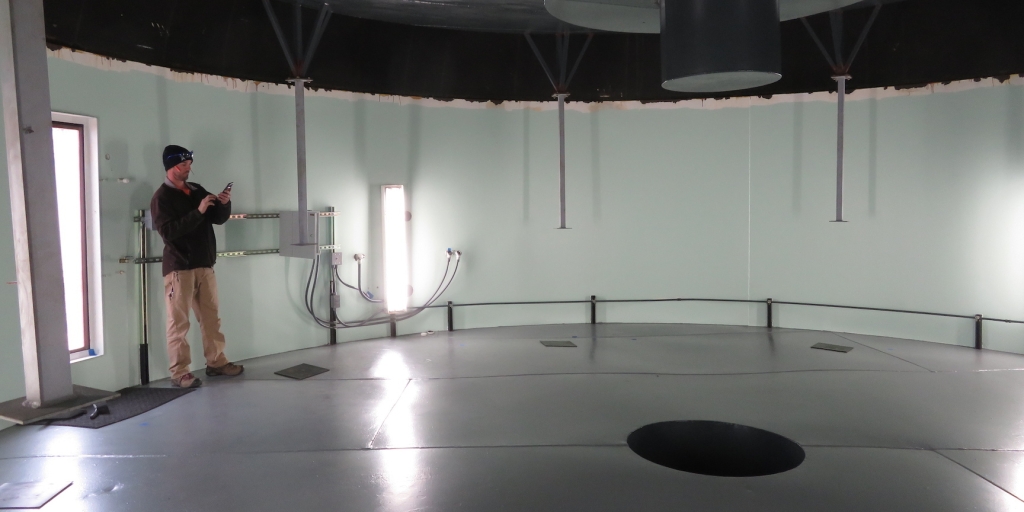
Today we completed the electrical wiring of SAM, with the Workshop (20′) and Crew Quarters (40′) fully lit up and operational. We also conducted our first pressure test since January, and with the new 1HP Variable Frequency Drive. We can now bring SAM from ambient to full pressure in just under 3 minutes, a 4x speed increase over the original, 1980s blower which is now replaced.
This is a noteworthy and exciting day, for it marks months of sequential work come to fruition.



